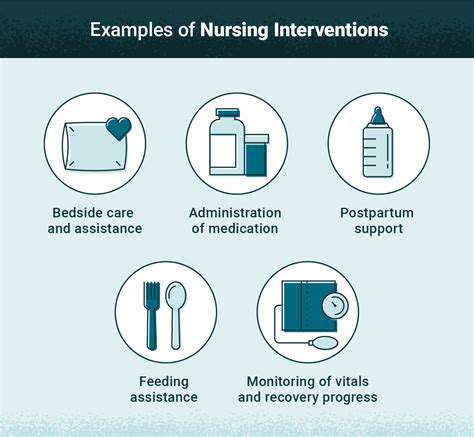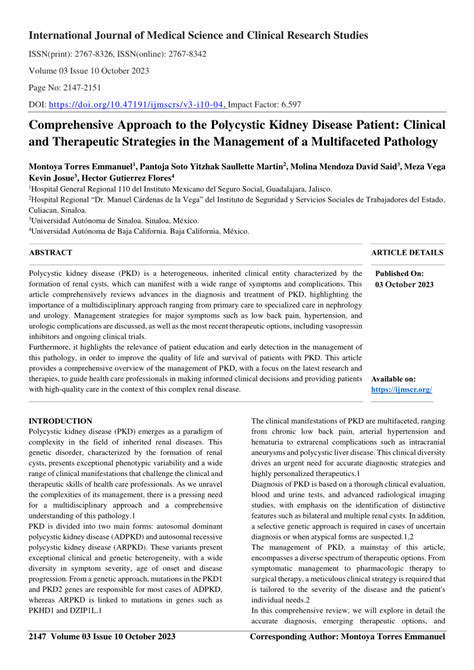Best Exercises for People with Asthma
Understanding Your Asthma Triggers
Asthma, a chronic respiratory condition, can be significantly impacted by various triggers. Understanding these triggers is crucial for creating an exercise plan that minimizes exacerbations. Common triggers include allergens like pollen, dust mites, and pet dander, as well as irritants such as smoke, strong odors, and cold air. Identifying your personal triggers is essential for tailoring your exercise routine to avoid potential asthma attacks.
Furthermore, certain physical activities, particularly those involving intense exertion or exposure to specific environmental conditions, might trigger asthma symptoms in some individuals. It's vital to recognize these potential triggers and adjust your exercise strategy accordingly. For instance, exercising outdoors during periods of high pollen count or in environments with poor air quality could lead to difficulties. A personalized approach is key to managing asthma and exercising effectively.
Warm-up and Cool-down Strategies
Proper warm-up and cool-down routines are essential components of any exercise program, especially for individuals with asthma. A gradual warm-up helps prepare your respiratory system for the increased demand of exercise, reducing the risk of an asthma attack. This involves light cardio exercises, such as brisk walking or jogging, for approximately 5-10 minutes before engaging in more strenuous activities.
Similarly, a cool-down period is just as important. Gradually reducing your intensity allows your body to return to its resting state, preventing sudden fluctuations in breathing and reducing the chances of post-exercise asthma symptoms. Activities like stretching or light walking can be incorporated into your cool-down routine, promoting a smooth transition back to normal breathing patterns.
Choosing the Right Exercise Intensity
Determining the appropriate exercise intensity is crucial for managing asthma effectively. Excessive exertion can trigger an asthma attack, while insufficient intensity may not provide adequate cardiovascular benefits. Consult your doctor to establish a personalized exercise intensity range suitable for your specific condition and fitness level.
Consider starting with low-intensity exercises and gradually increasing the intensity over time. This gradual progression allows your body to adapt to the increased demand and minimize the risk of adverse reactions. Pay close attention to your body's signals and adjust your intensity as needed to prevent symptoms like wheezing, shortness of breath, or chest tightness.
Exercise Types Suitable for Asthma
Numerous exercise types can be beneficial for individuals with asthma. Low-impact activities like swimming, cycling, and brisk walking are excellent choices, as they often involve less strenuous exertion compared to high-impact activities like running or jumping.
These activities can help improve lung capacity and overall cardiovascular health without putting excessive stress on the respiratory system. It's essential to select activities that you enjoy and can consistently perform, as adherence to an exercise routine is crucial for long-term health benefits.
Monitoring and Adjusting Your Exercise Plan
Regular monitoring of your asthma symptoms during and after exercise is essential for adapting your exercise plan to your needs. Pay close attention to any changes in breathing patterns, chest tightness, or wheezing, and adjust your intensity, duration, or type of exercise as necessary. This proactive approach ensures that you maintain a safe and effective exercise routine while managing your asthma.
Keeping a log of your exercise sessions, noting any symptoms, and discussing these observations with your doctor can provide valuable insights into how your body responds to different types of exercise. This feedback loop is critical for creating a personalized exercise plan that effectively manages your asthma symptoms while allowing you to maintain a healthy and active lifestyle.

Liability coverage is a fundamental type of car insurance that protects you financially if you're at fault in an accident. It covers the other driver's damages and medical expenses, up to the policy limits you've chosen. This coverage is crucial as it helps ensure you can financially handle the consequences of causing an accident, preventing you from facing significant personal financial burdens.

Read more about Best Exercises for People with Asthma
Hot Recommendations
-
*Guide to Managing Gout Through Diet
-
*Best Habits for Financial Well being
-
*How to Build a Routine for Better Mental Health
-
*How to Eat Healthy on a Budget [Tips & Meal Ideas]
-
*Guide to Practicing Self Acceptance
-
*How to Incorporate More Movement Into Your Day
-
*Guide to Managing Chronic Pain Naturally
-
*Guide to Building a Reading Habit for Well being
-
*Top 5 Weight Loss Supplements That Actually Work
-
*Best Exercises for Postpartum Recovery [Beyond Abdominal Work]






![Best Nutrition for Teen Athletes [Fueling Growth & Performance]](/static/images/26/2025-06/BeyondtheBasics3AMicronutrientsandSupplements.jpg)




